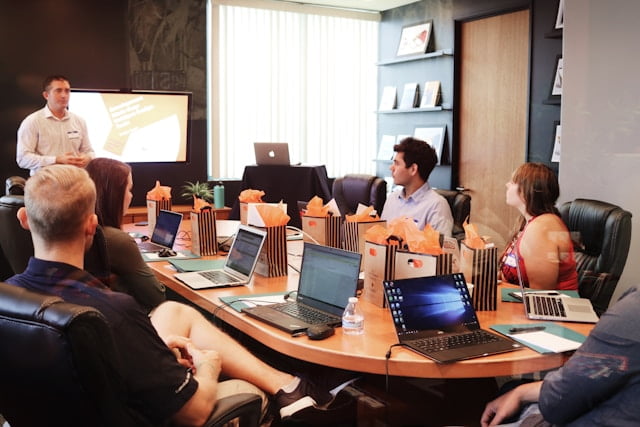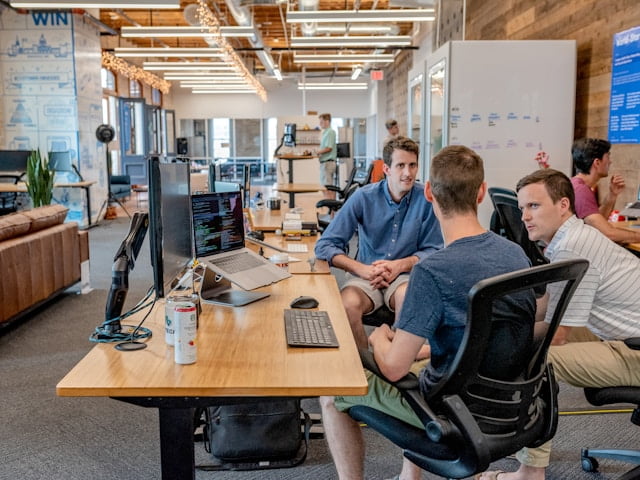Key Learning Points: The Medici effect is the name given to the idea that increased creativity and innovation occurs through diversity. When ideas and talented people from different fields are brought together to collaborate, step-changes can occur. The idea comes from a book of the same name by Frans Johansson.
The Medici Effect
“The Medici Effect” is a book by Frans Johansson. It reflects on a few key innovations from history. Its central theme is that many key primary innovations arise as a result of intersectionality. In other words, by bringing together people and ideas from a range of diverse backgrounds, you increase the likelihood of intellectual cross-pollination and through this, great leaps in innovation.
The name Medici effect was inspired by the Florentine banking family, the Medici, who rose to prominence in Florence in the 15th century and who used their great wealth, in part, to act as patrons to a wide range of artists, thinkers, architects, philosophers and other intellectuals. The assertion in the book is that this bringing together through patronage of such a wide and diverse range of skilled and curious people, sparked a flurry of innovation that manifested in the Italian renaissance.
In his work, Johansson references a range of innovations that have arises at points of disciplinary intersection. These include several examples of bio-mimicry including self cooling buildings influenced by termite-hills and solar panels influenced by leaf design. In our podcast on this topic we also call out the rise of computing taking place at the intersection of mathematics and electrical engineering in Claude Shannon’s outstanding early work.
As a side note, perhaps the most famous artists who were sponsored by the Medici were Raphael, Leonardo da Vinci, Michelangelo, and Donatello. Perhaps there is more depth to the Teenage Mutant Ninja Turtles (or Hero Turtles for those in the UK) than meets the eye…
Johansson’s Six Rules of Innovation
Johansson helpfully notes that if you only collaborate with people who have similar backgrounds, educations, beliefs, values and thought processes to your own, you’ll experience confirmation bias (a cognitive bias) and find it very difficult to challenge your thinking, come up with new ideas and innovate.
He further says that to become creative, you need to diversify the people you collaborate with, become inter-disciplinary and cross-cultural and work with individuals who have backgrounds, educations, beliefs and values different to your own. It is at these “intersections” of thinking that breakthrough innovations occur.
Creating intersections of thinking isn’t enough on its own though to create innovation. Innovation needs to be fostered, ideas curated, passion maintained, failure planned for and diversity embraced. To create innovative leaders should remember
Helpfully, Johansson has also detailed six rule of innovation that leaders can use to create more effective innovation cultures, and to increase the probability of innovative progress.
1. All New Ideas Are Combinations of Existing Ideas
Leaders should try to create opportunities for different types of ideas to be combined. This could be through creating cross functional teams, creating special project teams or broadening the responsibilities of teams or individuals.
2. Not All Idea Combinations Are Created Equal
Combining closely linked ideas tends to lead to less innovation than finding ways to combine loosely linked ideas. Leaders should find ways to combine widely divergent groups, individuals or thinking styles to create the most innovation.
3. More Ideas Lead to Better Ideas
Leaders should try to create opportunities for new ideas to arise and circulate. This could be through ideation exercises (for example silent brainstorming), by creating stimulating work places, by rotating individuals through teams or by providing interesting lectures.
4. Plan for Mistakes and Failures
Leaders should plan for there to be many failures on the path to success. A wide range of ideas will yield many failures, and even great ideas will have many hurdles to overcome between concept and implementation.
5. Stick to your Passions – it’s the Best Chance for Success
As there will be so many failures in the innovation process, the best way to succeed is to focus on something that there is great passion for, as this passion will ensure continued effort and drive despite repeated failure.
6. Step into the Intersection – Unleash an Explosion of Ideas
Everyone has the ability to combine divergent ideas and concepts in the pursuit of innovation. Leaders should be role-models, should encourage their teams to step into the intersection and should create cultures that reward doing so.
Learning More
It’s worth thinking about the difference between initial and incremental innovation. It might also be worth reading more about the Innovator’s Dilemma.
Our View
We like the concept of the Medici Effect, think it’s interesting and think there are some good examples of it in practice, particularly in relation to bio-mimicry.
We also are strong believers in the importance of diversity and inclusion in relation to innovation, and think this model speaks to both of these requirements.
That said, we’re not too sure how much people will use this concept in their everyday lives.
How We Help Organizations
We provide leadership development programmes and consulting services to clients around the world to help them become high performing organizations that are great places to work. We receive great feedback, build meaningful and lasting relationships and provide reduced cost services where price is a barrier.
Learning more about who we are and what we do it easy: To hear from us, please join our mailing list. To ask about how we can help you or your organization, please contact us. To explore topics we care about, listen to our podcast. To attend a free seminar, please check out our eventbrite page.
We’re also considering creating a community for people interested in improving the world of work. If you’d like to be part of it, please contact us.
Sources and Feedback
Johansson, F. (2006). The Medici effect: What elephants and epidemics can teach us about innovation. Boston, Mass: Harvard Business School Press.
We’re a small organization who know we make mistakes and want to improve them. Please contact us with any feedback you have on this post. We’ll usually reply within 72 hours.






